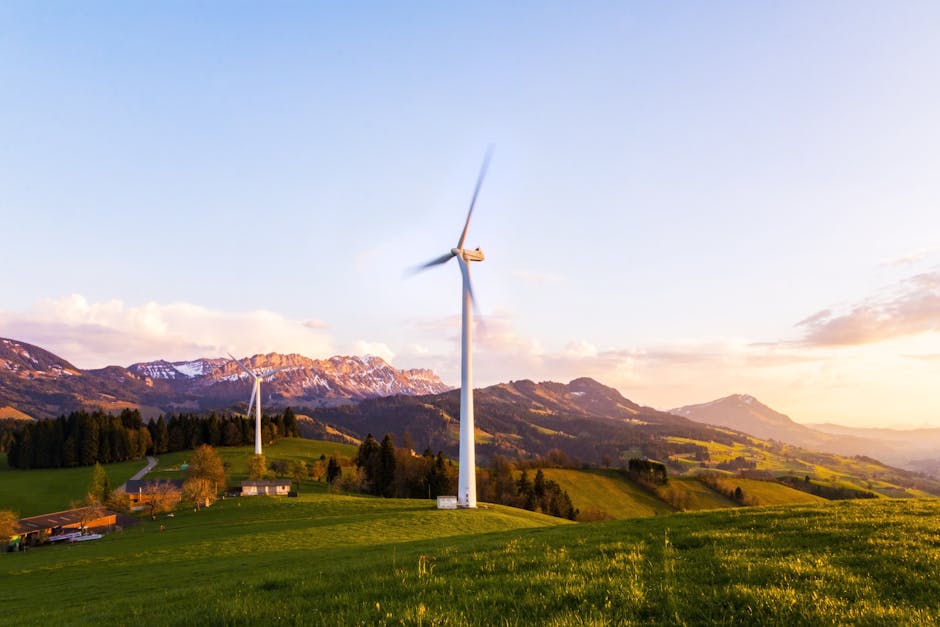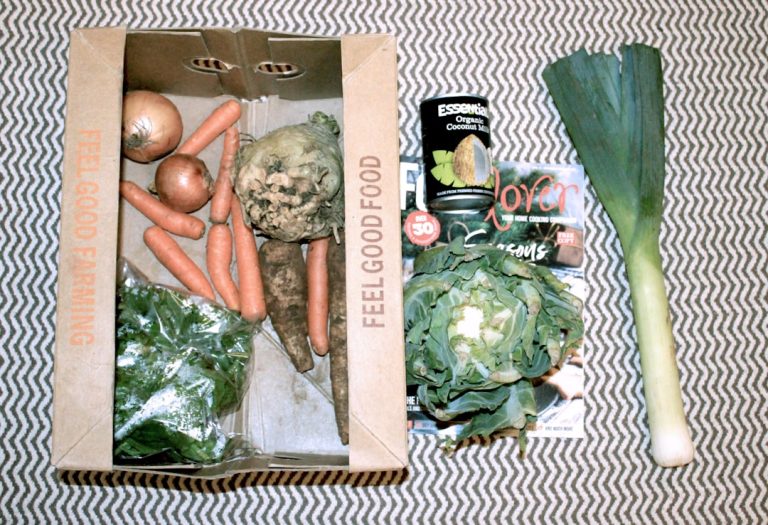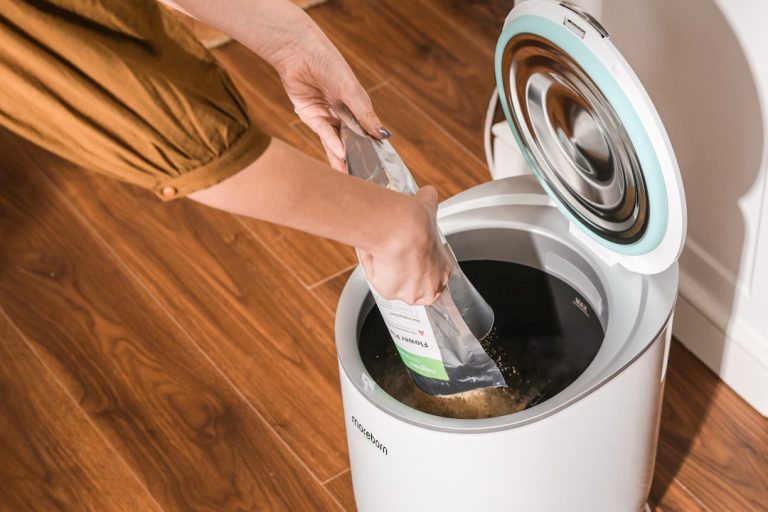How I Find Sustainable Books and Reading Materials.
How I Find Sustainable Books and Reading Materials
In a world increasingly aware of its environmental footprint, our daily choices matter more than ever. This awareness extends far beyond what we eat or how we travel; it delves into our hobbies, including reading. As an avid reader, I’ve spent considerable time refining my approach to building a personal library and accessing new stories in a way that aligns with my values. It’s not just about what I read, but *how* I acquire it. This isn’t a rigid dogma, but rather a thoughtful process of making conscious consumer choices to minimize my impact on the planet while still indulging in my passion. If you’re looking to make your reading habits a little greener, let me share my personal journey and the practical strategies I employ to find sustainable books and reading materials.
My Guiding Principles for a Greener Bookshelf
Before I even begin my search for a new book, I operate under a few core principles that dictate my choices. These aren’t just rules; they’re the philosophical backbone of my sustainable reading journey. First and foremost, I prioritize reuse and recirculation. The most sustainable book is often one that already exists. This means looking beyond the new release shelf and embracing the vast, beautiful world of pre-owned books. Secondly, I consider the lifecycle impact of a book – from its production (paper, ink, transportation) to its eventual disposal. This perspective encourages me to think about the materials used, the energy expended, and what happens to the book after I’m done with it. Finally, I believe in supporting ethical systems, whether that’s local independent bookstores, libraries, or publishers committed to sustainable practices. These principles form the bedrock of my search, guiding me toward choices that feel right for both my mind and the environment.
Prioritizing the Existing: Why Secondhand is Always My First Stop
For me, the most impactful way to find sustainable reading materials is to tap into the existing supply chain. Every used book I acquire is one less new book that needs to be printed, reducing demand for new paper, ink, and the energy involved in manufacturing and shipping. This simple act dramatically lessens the overall carbon footprint associated with my reading. I love the idea of a book having multiple lives, carrying stories not just within its pages but also in its very existence – passed from hand to hand, generation to generation. It’s a tangible connection to a circular economy, proving that value doesn’t diminish with age, but often deepens.
The Thrill of the Hunt: My Favorite Physical Book Sources
Finding pre-loved books has become a delightful adventure. It’s a treasure hunt where every discovery feels unique and personal. My strategies for sourcing physical books are varied, each offering its own benefits in terms of sustainability, cost, and serendipity.
Unearthing Gems at Local Used Bookstores and Charity Shops
My absolute first port of call is always a local used bookstore or a charity shop. These places are goldmines for sustainable reading. Not only am I giving a book a second life, but I’m also supporting local businesses and, in the case of charity shops, contributing to a good cause. The selection is always changing, which adds an element of surprise to each visit. I often stumble upon authors or genres I wouldn’t have considered otherwise, expanding my literary horizons organically. These establishments typically source their books from donations, keeping them out of landfills and circulating them within the community. It’s a win-win-win scenario for readers, local economies, and the environment.
Leveraging Libraries: The Ultimate Sharing Economy
Libraries are, without a doubt, the pinnacle of sustainable reading. They embody the ultimate sharing economy, allowing countless individuals to access a vast collection of books and other media without needing to purchase them. I make extensive use of my local public library, both for physical books and their digital offerings. Borrowing from the library reduces individual consumption and ensures that resources are maximized. It’s a community asset that promotes literacy and sustainability in one fell swoop. Plus, it’s free, making reading accessible to everyone.

Online Secondhand Marketplaces and Book Swaps
When local options are exhausted, or I’m searching for a specific title, I turn to online secondhand marketplaces. Websites like eBay, ThriftBooks, or even local Facebook Marketplace groups are fantastic resources. I try to prioritize sellers who are closer to me to minimize shipping emissions, and I always look for bundles to reduce packaging. Book swaps with friends, family, or through community groups are another excellent, zero-cost, and zero-waste method. It’s a fantastic way to refresh your reading material and share beloved stories without any new purchases.
Navigating the Digital Realm: My Approach to Sustainable E-Reading
While physical books hold a special charm, I also recognize the significant environmental benefits of digital reading. E-books and audiobooks eliminate the need for paper, ink, and physical transportation, drastically reducing the carbon footprint associated with each read. However, it’s not a blanket solution; the sustainability of digital reading depends on how it’s approached.
Embracing E-books and Audiobooks Mindfully
My primary method for digital reading is through my library’s digital platforms. Services like Libby or OverDrive allow me to borrow e-books and audiobooks directly to my e-reader or smartphone, mirroring the physical library experience. This is highly sustainable as it leverages existing digital infrastructure and content. When I do purchase digital books, I try to be mindful of the device I’m using. An e-reader, designed specifically for reading, is generally more energy-efficient than a tablet or smartphone, especially for prolonged reading sessions. I also appreciate the accessibility benefits of audiobooks, allowing me to “read” while commuting or doing chores, further maximizing my time without increasing my environmental impact.
Exploring Public Domain and Open Access Resources
The internet is a treasure trove of free, sustainable reading materials. I frequently explore public domain archives like Project Gutenberg, which offers thousands of classic works that can be downloaded and read on any device. Many universities and institutions also provide open-access research papers and academic texts. This not only provides sustainable access to knowledge but also democratizes information, aligning with a broader ethos of sharing and accessibility.
Beyond the Buy: My Strategies for Mindful Book Consumption
Sustainable reading isn’t just about *where* I get my books; it’s also about *how* I engage with them and the overall mindset I cultivate around my reading habits. It’s about conscious consumption, recognizing that every choice has an impact.
Resisting the Urge for New Releases
The publishing industry, like many others, thrives on newness. While there’s nothing inherently wrong with new books, I consciously resist the urge to buy every new release immediately. I often add them to my library’s “to-be-purchased” list or wait for them to become available secondhand. This patience not only saves money but also gives me time to truly consider if I *need* to own the book or if borrowing it will suffice. It’s a small act of rebellion against fast consumption culture.
Supporting Publishers with Sustainable Practices
When I do decide to purchase a new book – perhaps from a beloved author or an essential reference work – I try to research the publisher. Some publishers are making genuine efforts to use recycled paper, vegetable-based inks, and sustainable supply chains. While it can be challenging to find comprehensive information, a quick search often reveals their environmental commitments. Better World Books is an example of an online retailer that focuses on sustainable sourcing and giving back, which aligns with my values.
The Power of Sharing and Community
My reading journey is deeply intertwined with community. I regularly share books with friends, participate in local book clubs, and even leave books in “little free libraries” in my neighborhood. This extends the life of each book, reduces the need for others to purchase new copies, and fosters a sense of shared enjoyment. Platforms like Goodreads, while primarily for reviews, also facilitate discussions that can lead to book swaps or borrowing among members. It’s about seeing books as communal resources rather than purely personal possessions






